
The Genimax HR Off-Road Trailer embodies the spirit of adventure, offering a versatile solution for year-round camping escapades. Its compact yet robust design, crafted from a combination of aluminum and durable composite materials, ensures a lightweight build at just 375 lbs (170 kg). This makes it an ideal companion for off-grid journeys, effortlessly maneuvering through rugged terrain with its high-performance independent suspension system. What truly sets the Genimax HR apart is its adaptability, seamlessly transitioning from summer trails to winter wonderlands with the simple addition of skis, allowing it to be towed behind a snowmobile for snowy adventures.

Developed by Genimax Trailers, renowned for their innovative camper solutions since 2017, the HR is more than just a camper; it’s a ready-made adventure hub for families seeking the thrill of the outdoors. Its thoughtfully designed interior boasts two sliding, lockable drawers, providing ample storage and functionality on the go. One of these drawers doubles as a kitchen, complete with a stainless-steel countertop, a folding sink with a 10L water tank, and a faucet for added convenience. Sleeping accommodations are equally impressive, comfortably hosting two adults with an option for a child in the roof tent. Furthermore, the Genimax HR offers a range of optional accessories to enhance the camping experience, from a rooftop solar panel for sustainable energy to a retractable awning for shelter from the elements. With a starting price of CAD 8,495 (approximately $6,200), the Genimax HR combines affordability with versatility, inviting adventurers to explore the great outdoors in style and comfort.


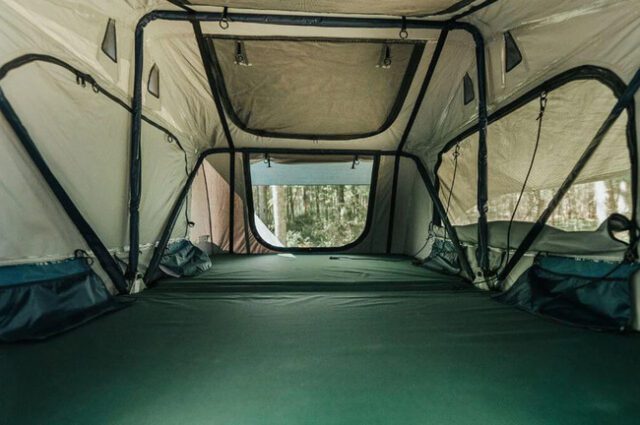
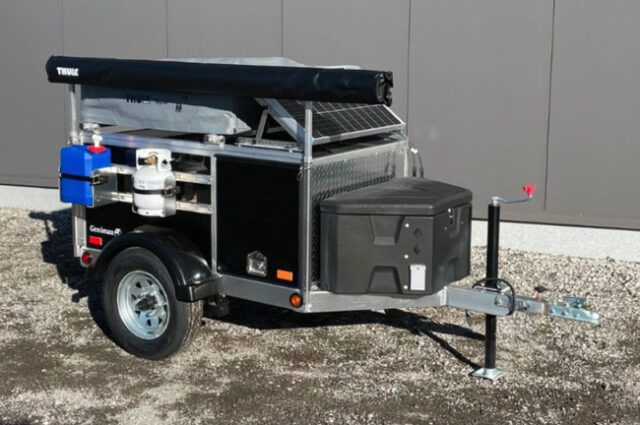
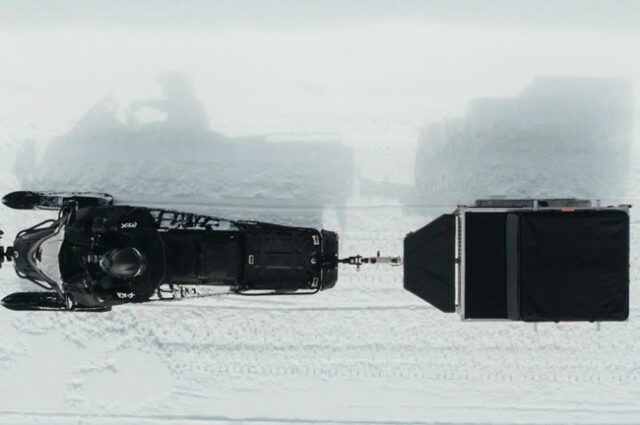
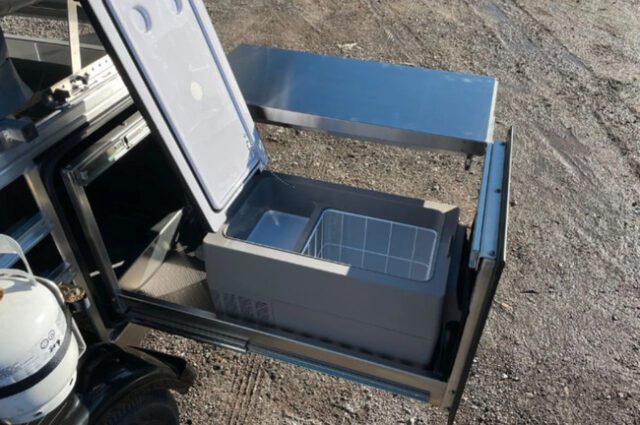
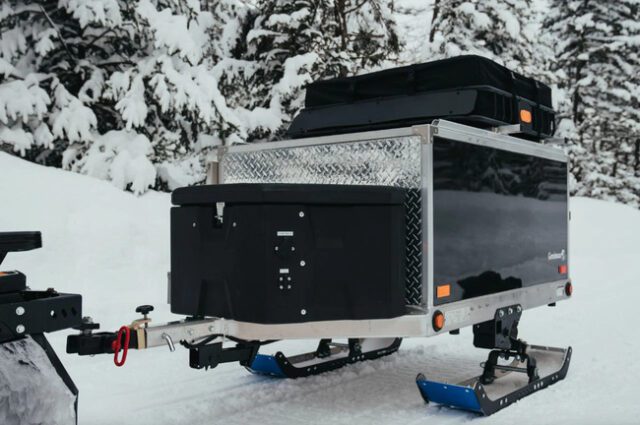
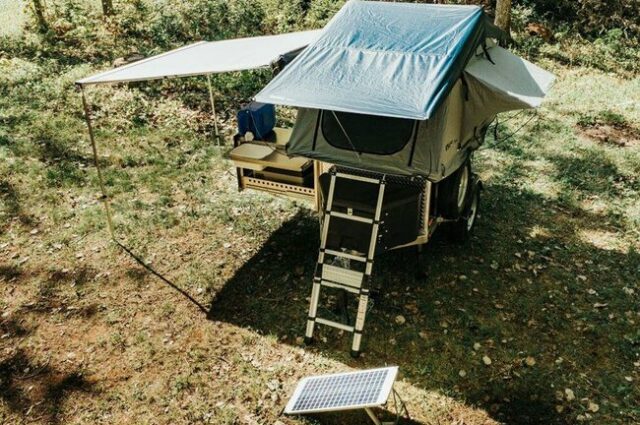




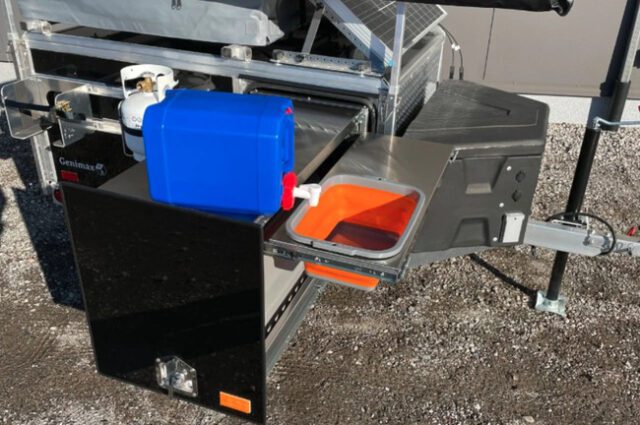

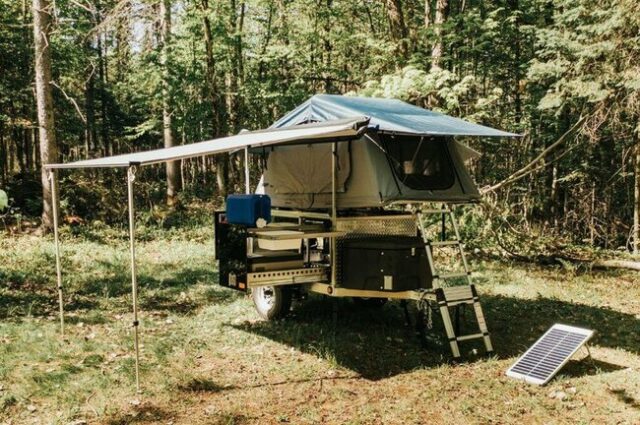
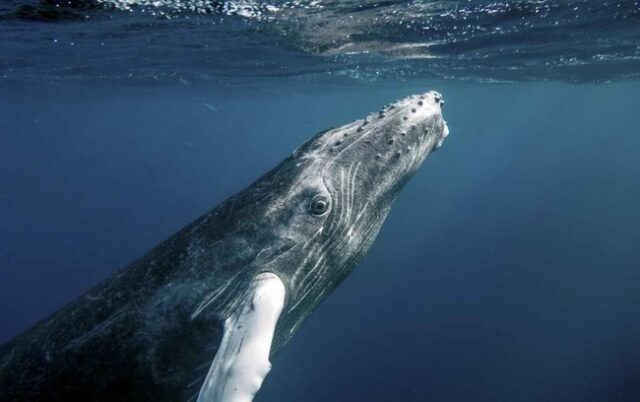
In a remarkable scientific milestone, researchers have achieved what could be termed a conversation with a humpback whale, ushering in a new era of interspecies communication and understanding. This groundbreaking encounter took place off the coast of Southeast Alaska with an adult female humpback known as Twain, amidst a group of her fellow whales. Utilizing recordings of humpback whale vocalizations, the team initiated a dialogue with Twain, marking a significant leap forward in bridging the gap between humans and these majestic marine mammals.

The interaction unfolded over two days, with Twain exhibiting a range of behaviors in response to the playback of recorded whale calls. From echoing the calls to circling the research vessel, her engagement encompassed phases of both curiosity and agitation. Through meticulous analysis of the acoustic signals and behavioral responses, scientists gleaned insights into the emotional dynamics at play during this unprecedented exchange. This pioneering endeavor not only sheds light on the intricate communication patterns of humpback whales but also underscores the potential for meaningful connections between disparate species in the natural world, setting a precedent for future endeavors in interspecies communication research.
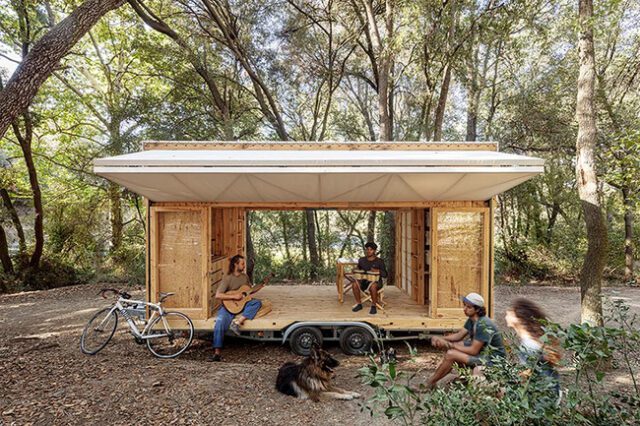
MO.CA (Mobile Catalyst), born from the innovative minds at the Institute for Advanced Architecture of Catalonia (IAAC), represents a pioneering leap in sustainable mobile living. Crafted from dowel-laminated timber harvested sustainably at Valldaura Labs in the scenic confines of Collserola Natural Park, Barcelona, MO.CA embodies the ethos of ecological design and digital construction techniques. Rooted in the interdisciplinary pursuits of the Master’s program in Advanced Ecological Buildings & Biocities (MAEBB), this self-sufficient abode heralds a new era of mobile habitats, seamlessly blending mobility, sustainability, and resilience.

At the heart of MO.CA lies a profound exploration into the fusion of mobility and sustainability, drawing inspiration from historical traditions of self-sufficiency and contemporary imperatives for adaptable living spaces. In response to the pressing challenges of climate change and the evolving landscape of remote work opportunities, MO.CA emerges as a beacon of innovation, offering not just shelter but a platform for collaboration, knowledge exchange, and community engagement. From its compact yet functional design optimized for restricted footprints to its seamless integration of essential utilities and communal spaces, MO.CA embodies a vision of holistic living that champions environmental stewardship and human well-being.


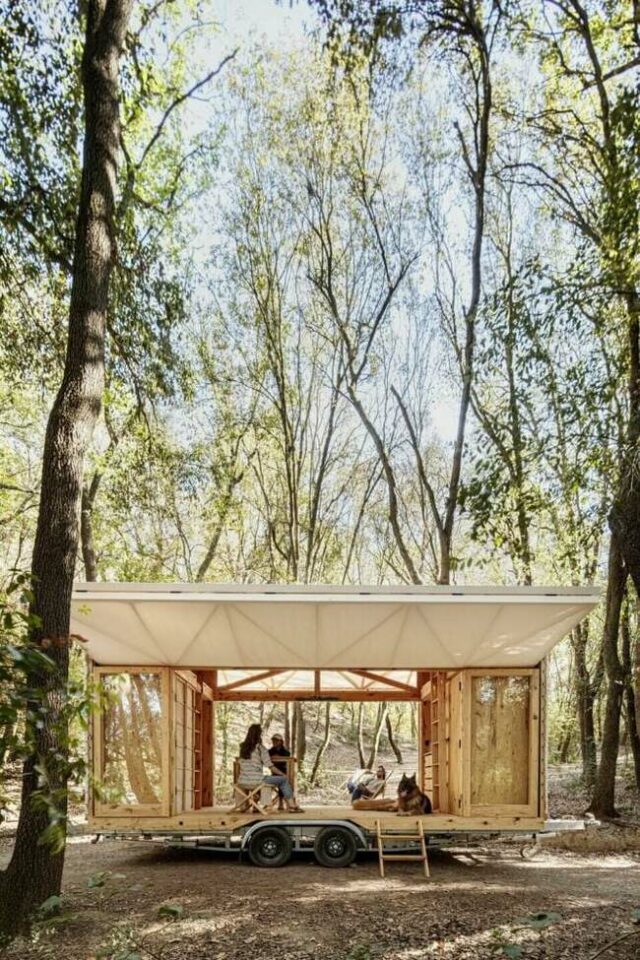
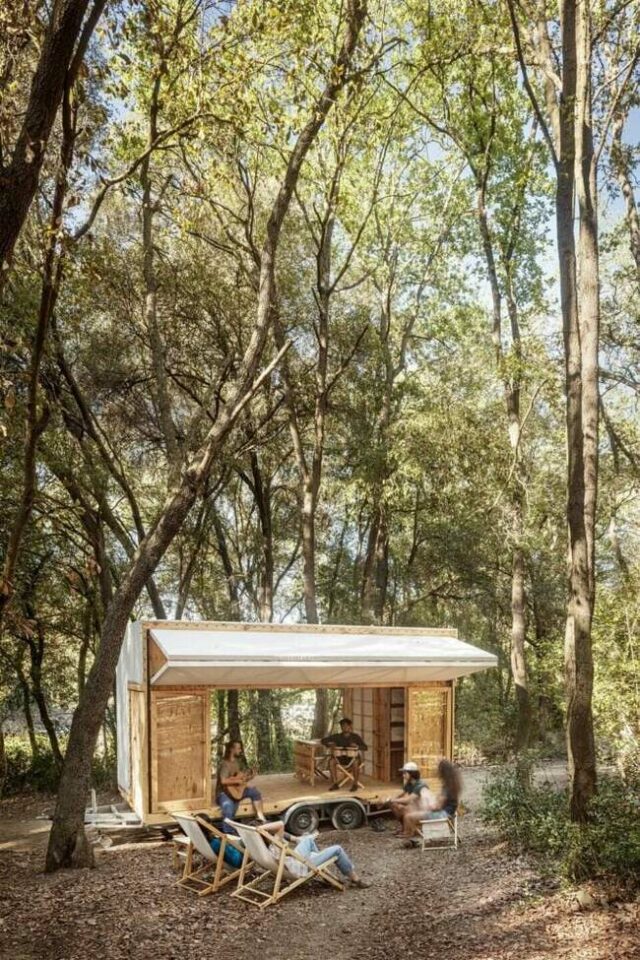

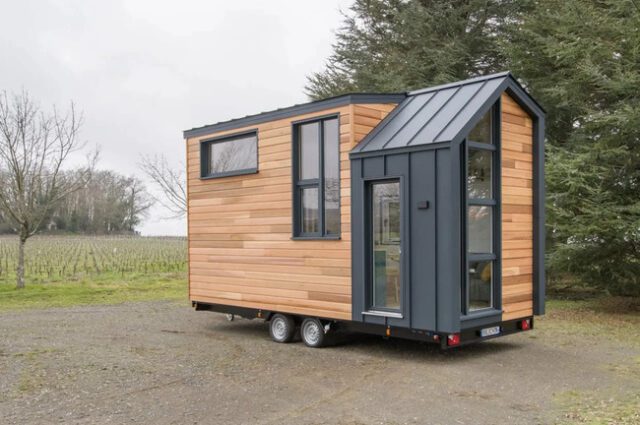
Baluchon’s latest modern tiny trailer home, the Sherpa, showcases a quaint and ingenious space-saving layout that appeals to those seeking both style and functionality in compact living. Inspired by the Scandinavian design ethos, the Sherpa emerges as a testament to Baluchon’s commitment to crafting homes that harmonize aesthetics with practicality. Built on a double-axle trailer with a length of 20 feet, this cozy abode stands out in France’s tiny home landscape, where strict towing laws necessitate compact dimensions. The exterior exudes modern charm with its striking red cedar siding, aluminum accents, and unconventional window placements, setting it apart from traditional cottage-style tiny homes.
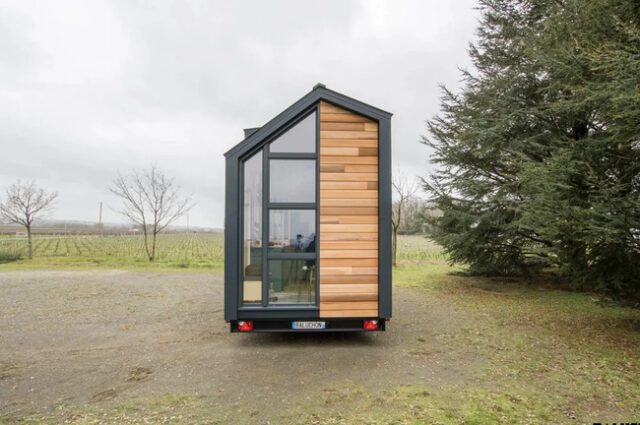
Step inside, and the Sherpa welcomes occupants with a well-designed interior that maximizes every inch of space. The living area features a convertible sofa bed for guests, cleverly integrated storage solutions, and ample natural light streaming through generous glazing. Adjacent to the living room, the basic yet functional kitchen offers essentials like a two-burner propane stove, a sink, and a compact fridge. A folding dining table efficiently utilizes space, accommodating dining needs for two while seamlessly tucking away when not in use. The bathroom, though spacious and equipped with a shower and toilet, presents a slight inconvenience with the absence of a sink, directing residents to use the kitchen for handwashing—a compromise in hygiene for the sake of space optimization. Ascending the storage-integrated staircase, residents reach the loft-style bedroom with a cozy double bed and additional storage, embracing the characteristic snugness of tiny home living with its low ceiling design. With its thoughtful layout and stylish design elements, the Sherpa embodies the allure of minimalist living without sacrificing comfort or aesthetics.
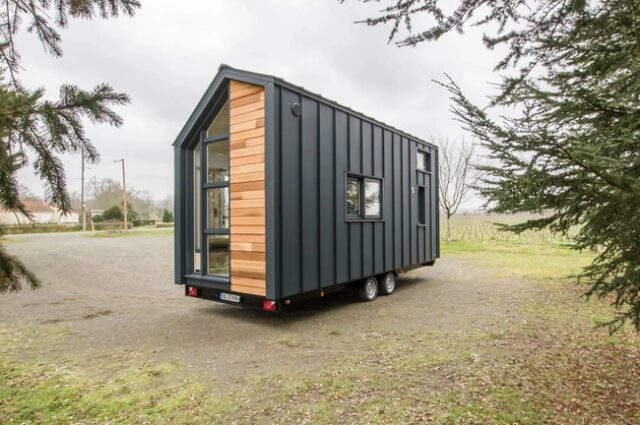


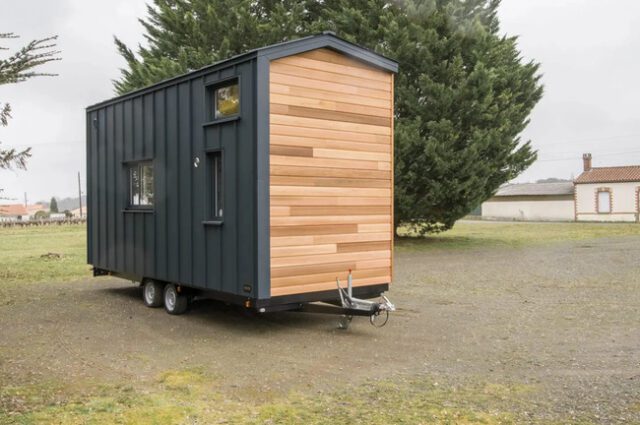

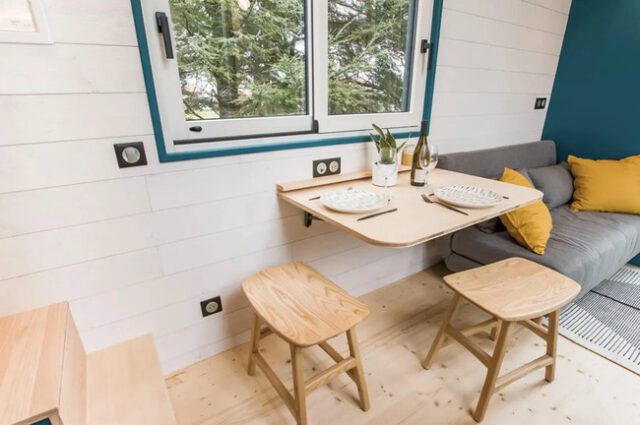
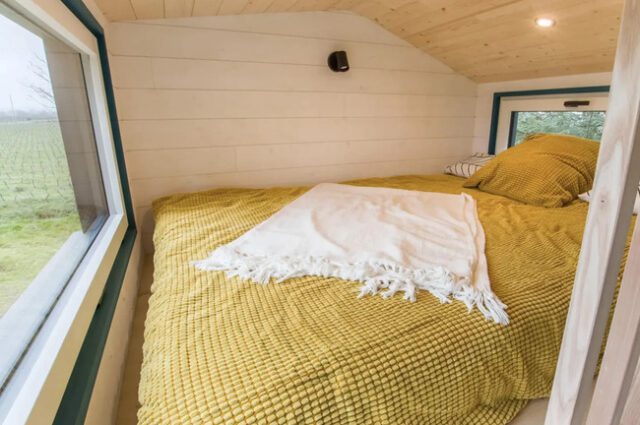
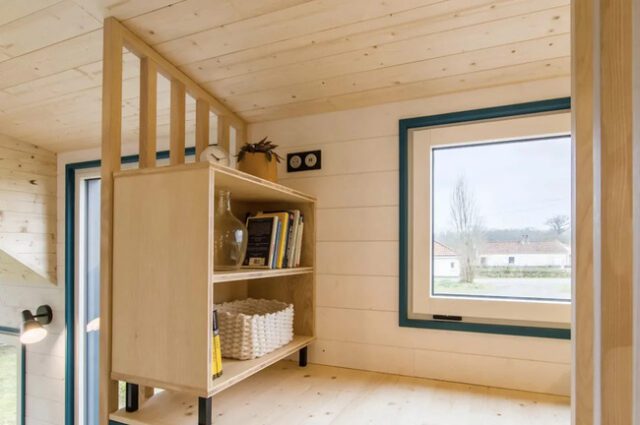
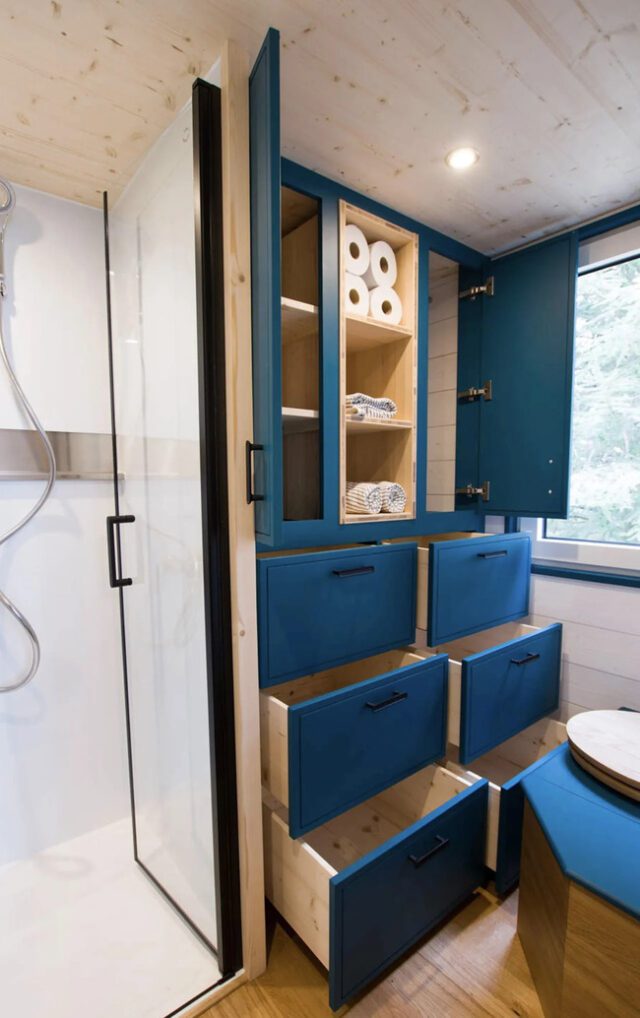

Scientists have achieved a groundbreaking milestone in the quest for extraterrestrial life by proving their ability to detect traces of life in grains of extraterrestrial ice. The long-held belief that evidence of life beyond Earth could be found within the icy realms of celestial bodies has gained substantial support with recent findings. This revelation opens a new chapter in space exploration, particularly in the search for life on moons like Europa and Enceladus, where vast oceans lurk beneath icy exteriors. With advancements in instrumentation, such as the SUrface Dust Analyzer (SUDA) aboard NASA’s Europa Clipper spacecraft, researchers anticipate a more accessible means of identifying signs of life, or its remnants, within these frozen particles ejected into space through subsurface ocean geysers.

In a pivotal study, scientists simulated droplets akin to those found on Europa and revealed the capability of instruments like SUDA to detect cellular material within minute ice grains. By selecting the single-celled bacteria, Sphingopyxis alaskensis, known for its resilience in cold, nutrient-scarce environments, researchers showcased the potential to identify even the slightest fraction of cellular material with mass spectrometry aboard spacecraft. These findings not only bolster confidence in detecting Earth-like life forms but also underscore the possibility of analogous organisms inhabiting the icy expanses of moons orbiting gas giants like Saturn and Jupiter. The imminent arrival of spacecraft equipped with cutting-edge instruments promises to unveil the mysteries concealed within these distant, icy worlds and, perhaps, provide humanity with unprecedented insights into the existence of life beyond our home planet.

In a landmark move, the United States Environmental Protection Agency (EPA) has unveiled its inaugural regulations targeting the pervasive presence of polyfluoroalkyl substances (PFAs), colloquially termed ‘forever chemicals,’ in the nation’s drinking water supply. Despite fervent resistance from the chemical industry, which has wielded considerable political influence, the EPA’s announcement marks a critical step towards mitigating the health risks associated with PFAS exposure for millions of Americans. PFAS compounds, ubiquitous in various consumer products ranging from waterproof clothing to non-stick cooking surfaces, have long posed a significant public health concern due to their persistence in the environment and potential adverse effects on human health.

Under the new regulations, water utilities across the country will be mandated to conduct rigorous testing for six different classes of PFAS compounds, heralding a significant shift towards proactive contamination management. With an estimated 100 million individuals set to benefit from reduced PFAS exposure, the EPA’s initiative underscores a commitment to safeguarding public health and environmental integrity. Moreover, the allocation of a $1 billion fund for treatment and testing, alongside broader infrastructure investments facilitated by the Bipartisan Infrastructure Law, exemplifies a multifaceted approach towards addressing the complex challenges posed by PFAS contamination. Through robust regulatory measures and strategic financial support, the EPA aims to empower communities grappling with PFAS pollution and pave the way for a more resilient and sustainable water infrastructure landscape.

Images of the 2024 total solar eclipse taken from space offer a mesmerizing perspective on this celestial event, revealing the intricate dance between the Sun, Moon, and Earth from above. Captured by satellites like the Geostationary Operational Environmental Satellite (GOES-16) and the Deep Space Climate Observatory (DSCOVR), these images showcase the Moon’s shadow as it traverses across North America, casting a dramatic swath of darkness in its wake. The GOES-16’s advanced baseline imager provides a detailed view of the eclipse’s progression, resembling a striking brown-black mass moving in a precise trajectory. Meanwhile, the DSCOVR satellite’s Earth Polychromatic Imaging Camera (EPIC) captures the eclipse’s entirety, from its inception over the Pacific Ocean to its culmination on the east coast of Canada, enveloping the continent in a surreal shade.

In addition to satellite imagery, firsthand accounts from astronauts aboard the International Space Station and intrepid individuals like NASA astronaut Jessica Meir offer unique perspectives on the eclipse. From 261 miles above the Earth’s surface, astronauts witness the Moon’s shadow as it engulfs portions of North America, while Meir’s airborne chase aboard a T38 jet provides a dynamic experience of racing alongside the eclipse’s path. These diverse viewpoints, both from space and from the skies, serve to deepen our understanding and appreciation of this awe-inspiring celestial phenomenon.


Japan’s generous gesture of gifting 250 cherry trees to Washington, D.C., in commemoration of the 250th anniversary of the Declaration of Independence stands as a testament to the enduring bond between nations. Since their initial gift over a century ago, the cherry trees have become emblematic of friendship and renewal, symbolizing the perennial ties between Japan and the United States. As Prime Minister Fumio Kishida reaffirmed during the White House ceremony, these trees, much like the enduring friendship they represent, are timeless and resilient, bridging cultures and inspiring generations.

While the decision to remove 140 of these cherished trees for infrastructure renewal may seem bittersweet, it underscores the necessity of safeguarding both natural beauty and historical landmarks. The revitalization efforts, including the construction of taller sea walls, demonstrate a commitment to preserving not only the iconic cherry trees but also the surrounding landscape for future generations. As Secretary of State Antony Blinken eloquently articulated, the blossoming of these trees heralds not just the arrival of spring but also serves as a poignant reminder of the profound impact of friendship and diplomacy, echoing across borders and generations.



The notion of buying a DIY prefab tiny house on Amazon may seem like a whimsical concept, but in today’s housing market, it’s a pragmatic solution to the ever-rising cost of homeownership. With million-dollar homes becoming the norm, particularly in urban centers, the affordability and versatility of prefab homes offer a refreshing alternative. These compact dwellings, reminiscent of a modern-day Swiss Family Robinson treehouse, are not only easy to Continue reading “You Can Buy a DIY Prefab Tiny House on Amazon and It’s Cheaper Than You Think” »



































































